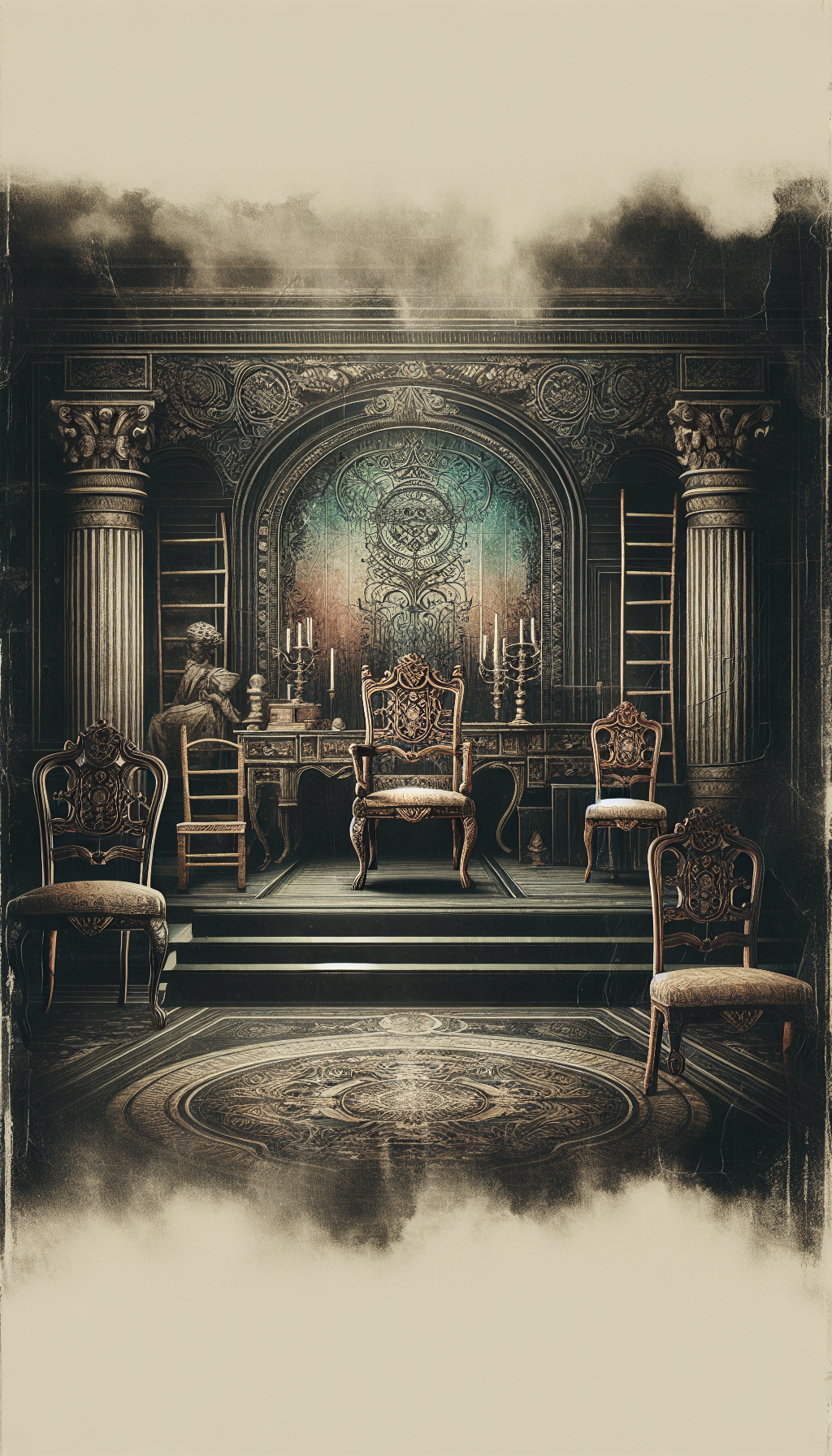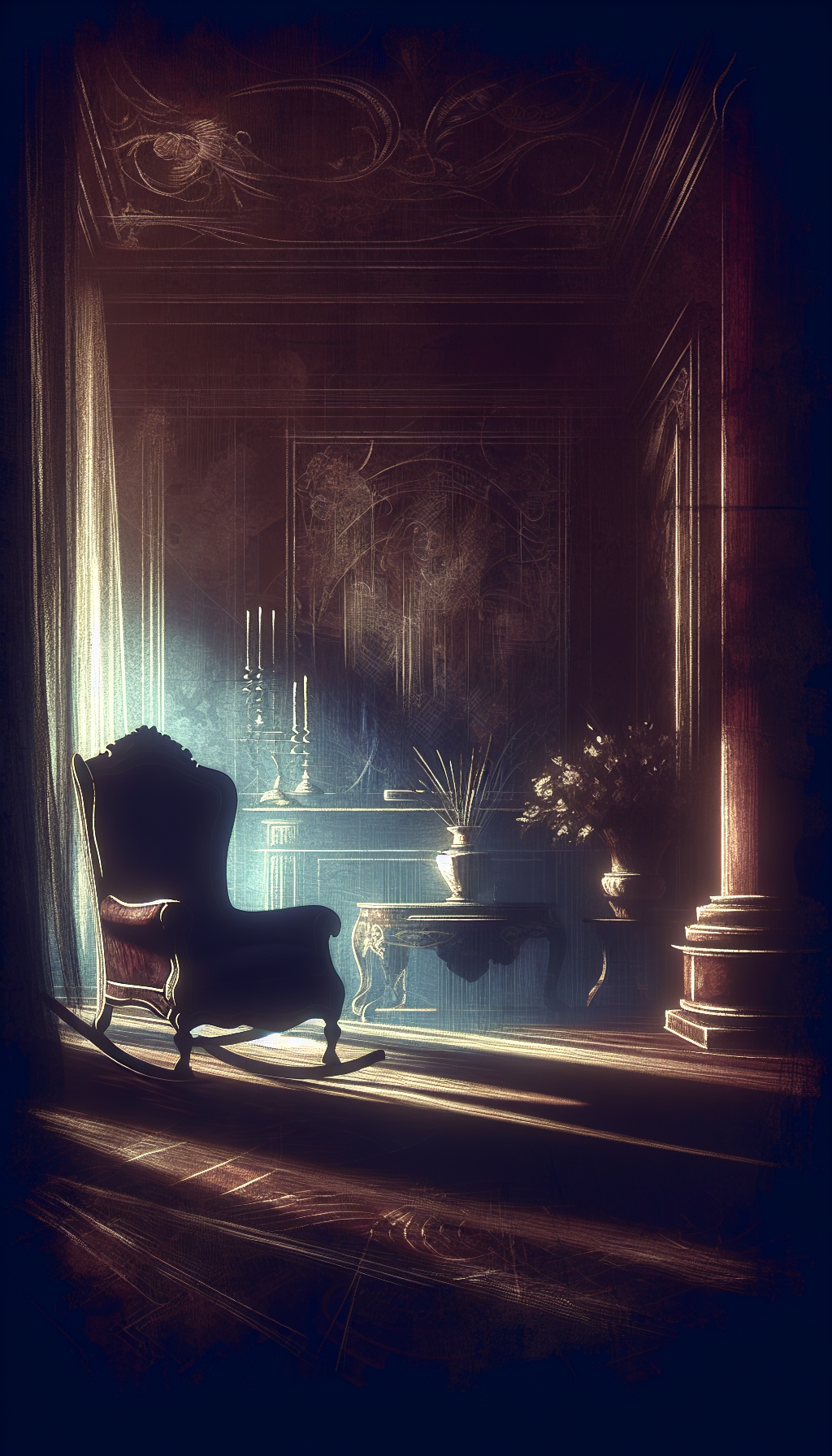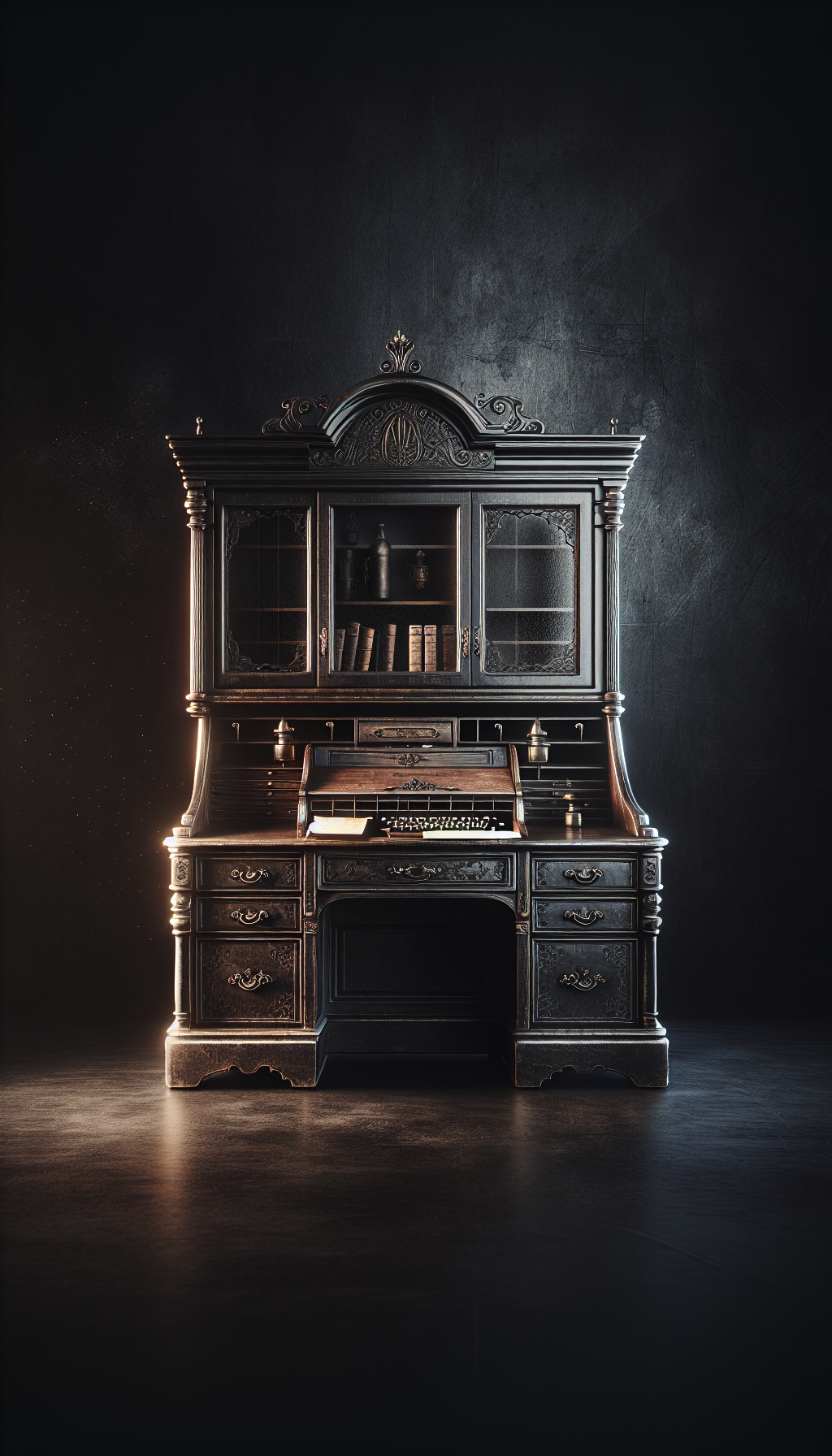A Victorian Circa Late 19th Century Solid Wood Oak English Table
Collectors are returning to the quiet authority of English oak furniture. Among the most versatile and collectible examples is the late Victorian solid oak table—rugged enough for generations of use, yet richly expressive in grain and form. This guide focuses on how to identify, date, evaluate, and care for an English oak table from roughly 1880–1900, with practical checkpoints designed for appraisal-minded enthusiasts.
Historical Context and What “Victorian Oak” Really Means
By the later Victorian decades, oak enjoyed a major revival in England. Designers and makers drew on earlier English styles—Tudor and Jacobean—and on the Gothic and Renaissance revivals of mid-century. The Aesthetic Movement and, later, the Arts & Crafts movement pushed a return to honest materials and visible craftsmanship, elevating oak from utilitarian “country” wood to a statement of national heritage.
Key takeaways:
- Date range: Most “late Victorian” oak tables fall circa 1880–1900.
- Aesthetic currents: Gothic Revival (carved tracery, chamfered edges), Renaissance Revival (heavier carving, classical ornament), Aesthetic Movement (simpler silhouettes, ebonized accents, incised gilding), and early Arts & Crafts (functional forms, pegged joints, pronounced medullary rays).
- Use contexts: Dining tables (refectory, draw-leaf, wind-out), center/library tables, side/occasional tables, and writing tables. Many were produced in London and major provincial centers by established cabinetmakers and larger retailers.
Construction, Materials, and Telltale Details
A seasoned appraisal starts under the top and inside the structure. Late 19th-century English oak tables tend to show a mix of handwork and machine assistance.
Wood and sawing:
- Species: Predominantly European (English) oak. Look for strong medullary rays (“ray fleck”) on quarter-sawn boards—silvery “tiger stripe” figuring that English makers prized for visible surfaces.
- Board orientation: Quarter-sawn tops resist cupping and show ray fleck; plain-sawn planks display cathedral grain. Late Victorian tops commonly combine both, depending on cost and availability.
- Thickness: Many tops measure roughly 2–3 cm thick, sometimes thicker on refectory tables. Heavier tops and substantial aprons are a hallmark of better country-house pieces.
Joinery and tool marks:
- Dovetails: Machine-cut dovetails (uniform pins/tails) became common by the last quarter of the 19th century, especially in drawers attached to center or writing tables. Hand-cut dovetails with slight irregularities are more typical of earlier pieces or artisanal Arts & Crafts work.
- Mortise-and-tenon: Standard for rails into legs, sometimes pegged. Exposed pinning (tiny round pegs) can be a positive sign of quality and a nod to earlier styles.
- Saw marks: Circular saw striations under leaves or rails indicate later 19th-century machine work; straight, irregular pit-saw marks signal earlier production. Late Victorian often shows planed surfaces with occasional machine chatter in hidden areas.
Fasteners and hardware:
- Screws: By the 1880s–90s, machine-made steel screws with consistent threads and centered slots are typical. Hand-filed screws with off-center slots are earlier; wire nails appear in the late 19th century.
- Casters: Many dining and center tables sit on brass cup casters, sometimes with porcelain wheels. Genuine period casters often show wear in a smooth, oval pattern; modern replacements look sharp-edged or overly pristine.
- Extending mechanisms: Draw-leaf tables use board leaves that slide out from beneath the top on wooden runners; wind-out tables (common on mahogany but also seen in oak) use a crank-operated screw and bearers. Inspect the mechanisms for oxidation, consistent wear, and period tool marks.
Finish and surface:
- Finishes: Waxed finishes and spirit varnishes are standard on oak; shellac French polish was more common on mahogany but is not unheard of on oak surfaces and mouldings.
- Ebonizing: Black-stained (ebonized) details, incised lines, and gilded motifs point to Aesthetic Movement taste from c. 1875–1890.
- Patina: Oxidation leads to warm honey-to-brown tones, with darker edges and subtle variation on touchpoints. Perfectly even color may indicate stripping and re-staining. Black halos around old iron screws or pegs result from tannin reaction with moisture and can support age.
Proportions and ergonomics:
- Height: Late Victorian dining tables typically 28.5–30 inches (72–76 cm). Occasional tables vary more.
- Apron depth: Commonly 4–6 inches (10–15 cm). Deep aprons can constrain knee clearance; many period designs balance strength with comfort.
- Stretchers: Refectory forms often have an H-stretcher or a single heavy central stretcher; turned, chamfered, or molded stretchers can signal a specific revival taste.
Style Variations You’re Likely to Encounter
Knowing which late Victorian idiom you’re seeing helps narrow the dating window and supports valuation.
- Jacobean Revival (c. 1880–1900): Barley-twist or baluster-turned legs, block-and-turn details, molded edges, and box or H-stretchers. Refectory tables with thick plank tops and breadboard ends are common.
- Gothic/Renaissance Revival (c. 1860–1885 but persisted): Carved tracery panels on aprons, cusp and quatrefoil motifs, gadrooned edges, and heavier foliate carving.
- Aesthetic Movement (c. 1875–1890): Cleaner lines, occasional ebonized or incised ornament, stylized floral or geometric motifs, and a preference for balanced proportion over heavy carving.
- Arts & Crafts (c. 1885 onward): Honest joinery, structural pegs, visible tenons, thicker chamfered edges, quarter-sawn boards showcased. Some late-Victorian-to-Edwardian overlap includes fumed oak (ammonia fuming became more prevalent by the 1890s–1900s), producing a deeper brown tone that penetrates the wood, not just the surface.
Form-specific clues:
- Refectory tables: Planked tops, breadboard ends, and robust trestle bases. Often provincial or country-house in feel; quality examples show even, smooth foot wear and honest abrasions to stretcher edges.
- Draw-leaf tables: Leaves housed under the main top pull out on bearers. The leaf color should be slightly lighter (less sunlight exposure) but compatible; starkly different grain or new screws can indicate replacements.
- Center/library tables: Circular or rectangular; sometimes with drawers; turned or pedestal bases; found in lesser numbers in oak than in mahogany but certainly produced.
Dating and Attribution: Marks, Retailers, and Regional Nuance
Late Victorian makers range from small provincial workshops to prestigious firms. Identifying labels or stamps raises confidence and value.
Where to look:
- Underside of the top and aprons: Chalk or pencil assembly marks, stock numbers, or stamped retailer names.
- Drawer sides/undersides: Inked or penciled numbers, cabinetmaker’s initials, and dovetail finesse.
- Hardware and casters: Stamped cups or patents can be helpful.
Possible marks and retailers:
- Established names such as Gillows, Holland & Sons, Maple & Co., and Collinson & Lock sometimes applied stamps, labels, or inventory numbers. Gillows frequently used inked or penciled numbers and, on some works, stamped marks.
- Retailers often sold pieces made by contracted workshops; a retailer label places the object in a channel of quality but may not reveal the individual maker.
Regional wood cues:
- English/European oak: Distinct, often prominent ray fleck on quarter-sawn faces; slightly more tannin reactivity with iron fasteners. American white oak also appeared in British furniture by the late 19th century; its ray fleck can be bolder on some cuts. Use multiple clues—construction, hardware, and style—rather than wood alone for dating.
Tooling and machine evidence:
- Uniform moldings and turnings indicate machine assistance typical of the period. Hand-finish work still appears in carving, scraping, and final planing.
Condition, Restoration, and What Affects Value
Condition drives value—but in oak, honest wear often enhances appeal. Aim for structural soundness, legible surfaces, and sympathetic conservation.
Common condition points:
- Movement: Oak moves with humidity; look for shrinkage lines near breadboard ends, small splits, or minor cupping. Stable hairline splits are acceptable; active movement (fresh cracks, sharp edges) needs attention.
- Wear patterns: Soft rounding to edges, polish loss on high points, and burnish to stretchers where shoes brushed over decades are good signs.
- Replacements: New tops or leaves, replaced stretchers, modern screws, and uniform stain can reduce value. Color mismatch on draw leaves, sharp-edged tool marks among worn surfaces, or bright, unoxidized underside wood are flags.
- Finish: Stripping and heavy re-staining flatten grain and erase history. Later polyurethane or thick varnish can look plasticky. A gently cleaned, waxed original or old spirit varnish is preferable.
Sympathetic conservation:
- Cleaning: Dry dust first, then use a mild, non-water-based cleaner to lift dirt without swelling the grain. Avoid aggressive sanding.
- Glue choice: Traditional hide glue is reversible and correct for regluing loose joints. Avoid flooding joints with PVA; it complicates future conservation.
- Surface care: Use a high-quality paste wax sparingly after cleaning. Fill minor losses with colored wax fillers rather than sanding flush.
- Structural repairs: Tighten tenons and rails; replace missing pegs with compatible oak and discreet coloring. Keep repairs visible upon close inspection—dishonesty harms long-term value.
What raises or lowers value:
- Positive: Strong original patina, quarter-sawn figured tops, pegged mortise-and-tenon construction, desirable forms (refectory/draw-leaf), known retailer or maker, generous yet practical dimensions.
- Negative: Over-restoration, stripped and re-stained surfaces, replaced tops, ill-fitting later leaves, structural instability, or aggressive carving that reads machine-made without refinement.
Buying, Appraising, and Current Market Notes
Market tastes fluctuate. Heavy, dark “brown furniture” suffered a downturn, but well-proportioned oak tables with authenticity, practicality, and good grain are sought after—especially refectory and flexible dining forms.
For appraisal:
- Compare forms and quality: Provincial, honest country-house tables can attract strong interest if large and usable; heavily over-carved Renaissance Revival examples may lag unless from top-tier makers.
- Provenance: Estate histories, invoices, or retailer labels can elevate a piece.
- Fit to modern living: Dimensions that seat comfortably, sturdy stretchers, and easy maintenance finish boost desirability.
- Condition weighting: Original surfaces and sympathetic repairs are preferred. Expect a premium for untouched patina; expect a discount for replacement tops or obvious re-veneering (less common on solid oak).
In valuation reporting, detail construction features, stylistic attributions, and evidence of age; avoid relying on a single clue. Cross-check: hardware, joinery, saw marks, finish, and wear must tell a consistent story.
Practical Inspection Checklist
- Confirm the wood: Look for medullary ray fleck on quarter-sawn faces; note color and oxidation differences top vs. underside.
- Read the joinery: Pegged mortise-and-tenon rails and machine-cut dovetails in any drawers are period-appropriate for late 19th century.
- Check tool marks: Circular saw marks beneath, hand-planed surfaces on visible edges, and mild machine chatter out of sight.
- Assess the finish: Prefer old wax/spirit varnish; avoid heavy modern coatings; beware “perfect” color uniformity.
- Inspect wear: Edge rounding, stretcher rub, caster wear. Inconsistent wear suggests later alteration.
- Test stability: No racking when gently pushed; stretchers and rails tight; tops not actively moving or splitting.
- Examine hardware: Brass cup casters with honest patina; screws with period look; minimal modern replacements.
- Evaluate leaves/mechanisms: Draw-leaf runners move smoothly; leaves color-compatible but slightly lighter; wind-out tables should crank without grinding.
- Look for marks: Underside stamps, paper labels, penciled assembly marks; document and photograph.
- Measure practicality: Height around 72–76 cm; apron depth allows comfortable knee clearance; top dimensions suit intended use.
- Note repairs: Reversible, honest, and well-executed repairs are acceptable; record all interventions for appraisal.
FAQ
Q: How can I tell Victorian oak from Edwardian oak? A: Late Victorian (c. 1880–1900) often leans into revival vocabularies—barley twists, heavier molding—and sometimes Aesthetic incising or ebonizing. Early Edwardian (post-1901) frequently simplifies profiles further, with cleaner Arts & Crafts lines and, more often, ammonia-fumed oak. Use construction clues and hardware too: similar techniques persist across the turn of the century, so style plus evidence of age works best.
Q: Is a stripped and re-stained top a deal-breaker? A: It lowers value, especially if the piece lost ray fleck definition and surface history. However, if the structure is excellent and the form desirable (for example, a large refectory table), it can remain a functional, attractive buy—just price accordingly.
Q: What’s the safest way to clean an old oak table? A: Dry dust, then lightly clean with a non-water-based furniture cleaner to lift grime without raising grain. Finish with a thin coat of quality paste wax. Avoid water-based cleaners, aggressive abrasives, and sanding through old finish.
Q: How do I spot fumed oak? A: True fuming darkens the wood through depth, not just the surface. Look for an even, penetrating brown tone in cross-sections or discreet interior edges. It becomes more common from the late 1890s onward, aligning with Arts & Crafts and into Edwardian periods.
Q: Do replaced casters or screws matter to value? A: Minor hardware replacements are normal for usable furniture and have modest impact if sympathetic and documented. Wholesale modern hardware, mismatched casters, or bright new screws against dark oxidation can distract and should be reflected in valuation.
A Victorian solid oak table from the late 19th century rewards close looking: the ray fleck that catches the light, the honest pegs in a tenon, the rhythm of turned legs. With a disciplined checklist and respect for historic surfaces, you can confidently identify, appraise, and preserve these stalwart survivors of English cabinetmaking.



